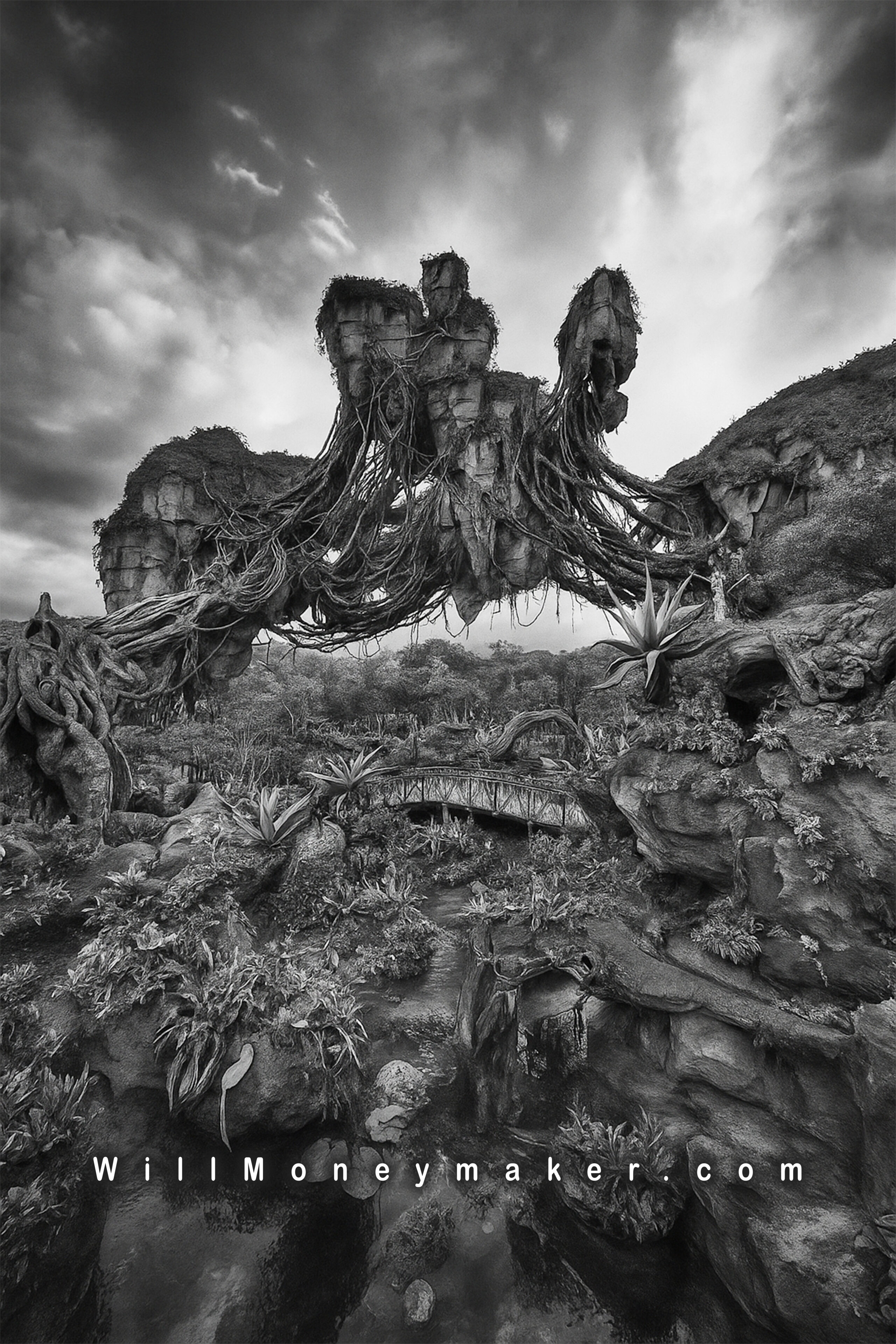As photographers, we learn lessons in all kinds of ways. We read them in books, take classes, attend workshops, view the work of other photographers and experiment in the field. It is tempting to think that all of these things offer a complete learning experience — that by utilizing some or all of these things, we are learning everything that we need to know, or at the very least, we are learning to the fullest extent possible.
However, upon thinking about it further, I’m sure that you’ll see that there are many more ways to learn, probably more ways than you can count. One method that is often overlooked is the type of learning that we can do by examining the creative process of others. I don’t necessarily mean learning the creative process from other photographers, but from anyone who has a creative hobby or profession.
Whether a person is a writer, painter, musician, photographer or even a businessperson, everyone has or should have, a method or trick that helps to fuel their creativity. These people could be people that you know personally, or they could be famous creatives. It doesn’t matter who you look at or talk to. The most important thing is that you gain a window into the tools that person uses to create their art.
To show you what I mean, here are a few famous creatives and the methods that they used to produce their works. Through these examples, you’ll be able to see the kinds of things that you can learn from friends, colleagues, famous artists and anyone else that pursues creative ventures.
Ludwig van Beethoven
Beethoven devoted his life to creating music and as a composer, he is the author of some of the world’s most famous music. The more that you learn about his habits, the more you’ll see that he did not leave his creations up to chance. He absolutely did not rely on those stereotypical “bursts of creativity” that you so often see in stories about creative people.
Instead, Beethoven scheduled his creative time. Each day, he made sure to go for a walk after lunch, always alone and always through the forests of Vienna. To him, this was a time to look at his ideas in depth and it was also a time for reflection and introspection. And, because he did not want to miss out on any ideas that came to him on these walks, he made sure to always carry paper and a pencil so that he could jot down a few notes as he walked.
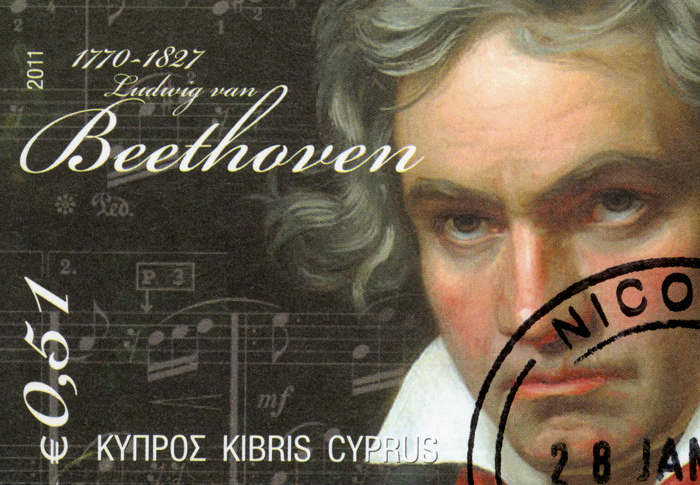
Franz Kafka
Few writers have achieved the fame of Kafka. Though his work is complex and thoughtful, his creative process was simple: He designed a daily schedule and adhered to it without fail. And, he’s not alone. Many creatives have strict schedules because they know that creativity doesn’t necessarily come from random inspiration but instead, from teaching yourself to turn on the creativity when the need arises.
In Kafka’s case, he worked as a lawyer between the hours of 8:30 AM and 2:30 PM each day. Then came lunch, and a nap until 7:30 PM. Then dinner, and by 11 PM each night, he was ready to sit down and write for a few hours. Essentially, he set aside a certain time, the same time each day, for his work so that he could train himself to let the creativity flow when it was the proper time.
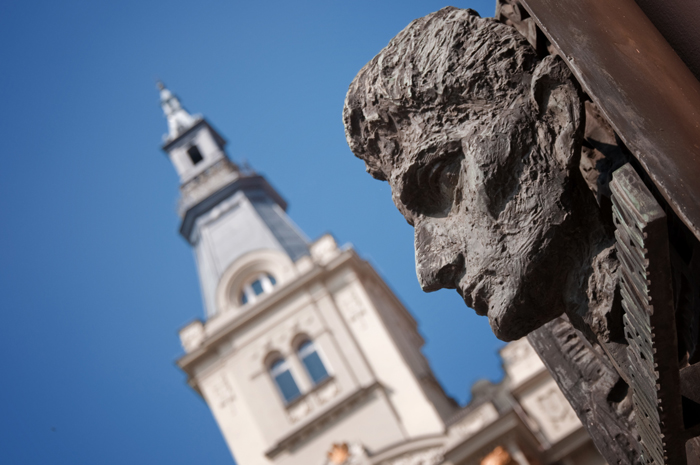
Benjamin Franklin
Benjamin Franklin delved into many creative fields — politician, scientist, inventor, musician and more — and like others, he was also a stickler for organizing his days. However, there are a few things about his routine that set him apart from other creatives.
First, when he awoke in the morning, he asked himself a simple question: “What good shall I do this day?” This helped to put him in the right frame of mind for creating something. He worked throughout the day, then, between the hours of 6 PM and 9 PM, he said aside time for household chores, entertainment, and also a bit of time to examine the events of the day. This gave him a chance to look at his successes and failures, and think of ways to tackle his creative work on the following day.
Finally, at bedtime, he asked himself another question: “What good have I done today?” This once more gave him a chance to reflect on his successes of the day and perhaps think about how he could build on those successes the next day.
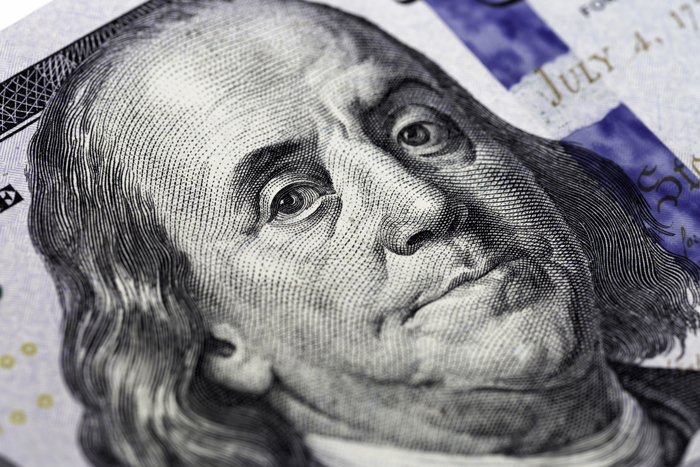
Pablo Picasso
Picasso had a theory on creativity, one that came to light during a conversation with his friend, photographer Brassai. Brassai asked Picasso whether his ideas for paintings came to him “by chance or by design.” Picasso responded, among other things, “To know what you’re going to draw, you have to begin drawing.”
In essence, this means that when he started a new painting, it didn’t matter to Picasso whether he had a good idea or not. His creative process was simply to start working, even if he was at a loss. In fact, he often found a lack of direction to be better than being inspired, stating, “What I capture in spite of myself interests me more than my own ideas.”
The lesson to be learned from this is simple. Picasso’s method dispensed with ideas and inspiration, instead relying on the work itself to guide him. In other words, for photographers, that means you should start taking photos, even if you don’t know what you want to photograph, and the ideas will surely come to you.
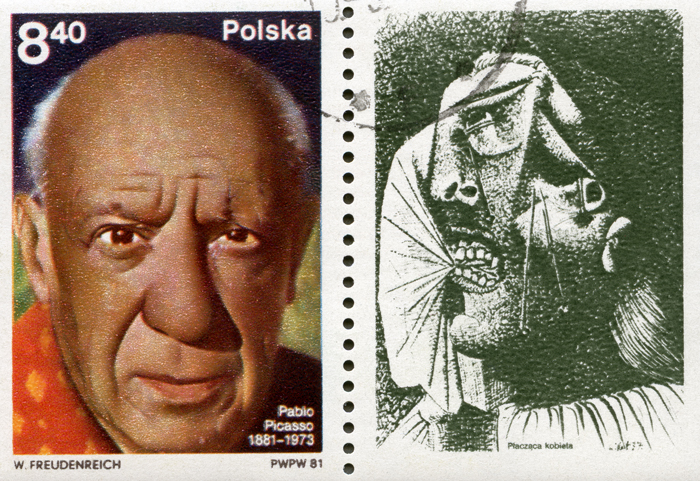
As you examine the creative processes that various people use, you’ll find that most people’s process is similar to that of others, but each person also has unique aspects that prove helpful when it is time to create their art. Organizing time and introspection are common themes, but there are other, more subtle aspects to an individual’s creative process that you can use to build your own process. So, don’t hesitate to look deeper into the lives of famous artists, and by the same token, don’t hesitate to ask your creative friends and colleagues about their own process. Each person will have some new offering that you may want to incorporate into your own process.




